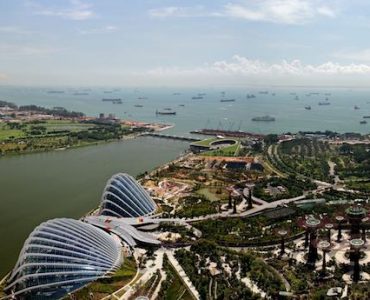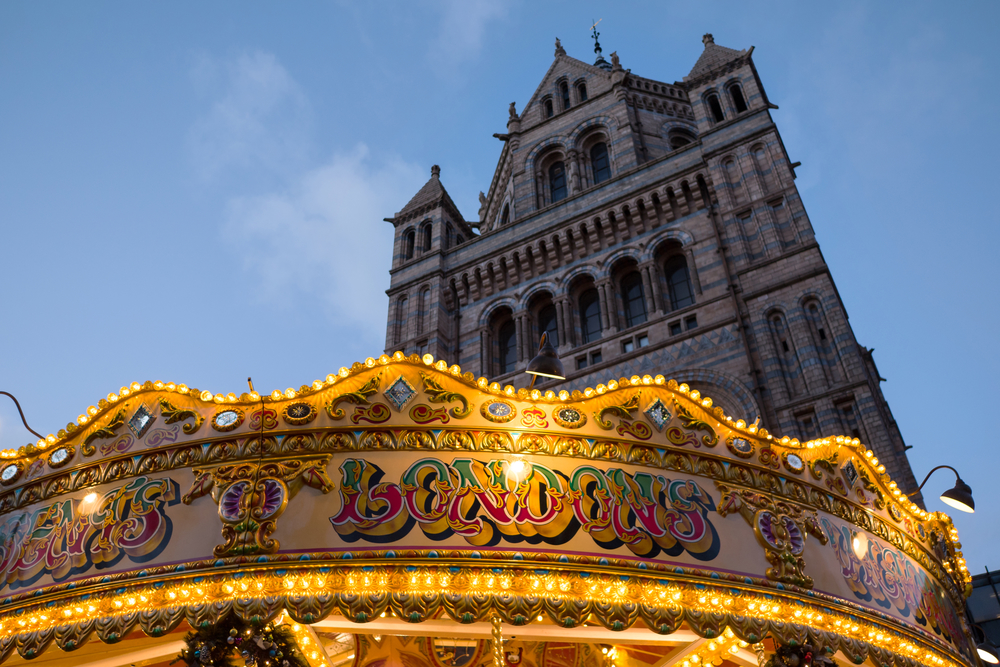Vatican City in Rome, known as The Holy See, is one of the most holy places in Christendom. With an area of about 44 hectares and a population of nearly 900, it is the smallest state in the world. Yet, a distinctive compilation of architectural and artistic masterpieces lie within the borders of this tiny state. Vatican City, which gained independence from Italy on February 12, 1929, has a non-hereditary, voted monarchy governed by the Pope, the Bishop of Rome.
Within the Vatican City’s territory are the Vatican Gardens (or Giardini Vaticani in Italian), which are decorated by sculptures and beautiful fountains. It was established during the Baroque and Renaissance periods. At its centre is the St. Peter’s Basilica, the world’s largest religious building made through the combined efforts of Maderna, Bernini, Raphael, Bramante, and Michelangelo. The Vatican Library and the Vatican Museum are of the highest cultural, scientific, and historical significance. The Vatican Museum is the largest museum complex in the world with over 1400 rooms. It contains 3000 years of art galleries, the Sistine Chapel, and parts of the papal palace. The Underground Vatican is a place where the Tomb of St. Peter can be visited, and the Vatican excavations on a guided visit are by reservation only. Guests enter Vatican City through St. Peter’s Square, an open space which lies before the basilica.
Considering its size, Vatican City has a reasonably well-developed transportation system but no airports or highways. Thus, there is one heliport and a standard gauge railway that is connected to Italy’s network at Rome’s Saint Peter’s station.












